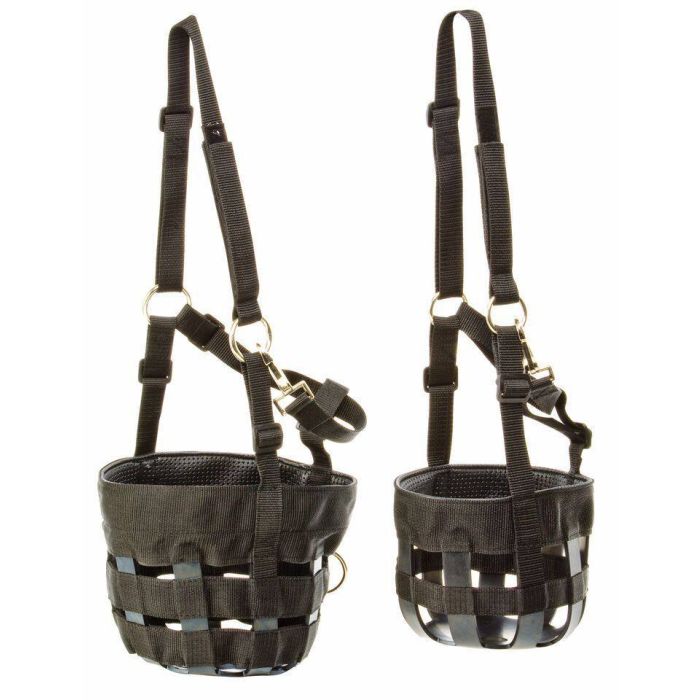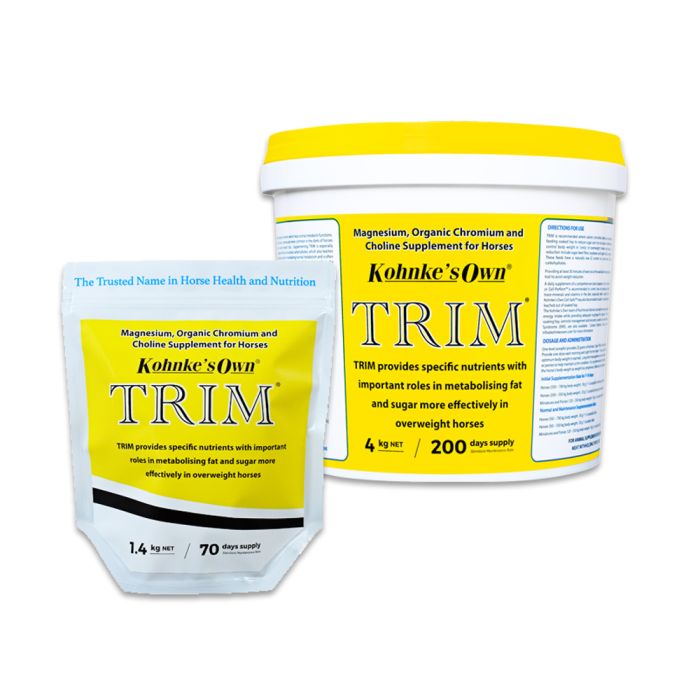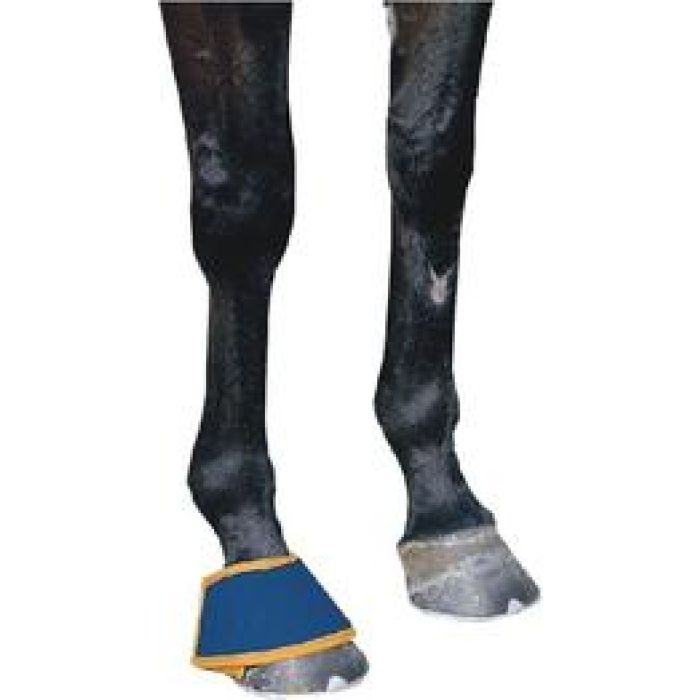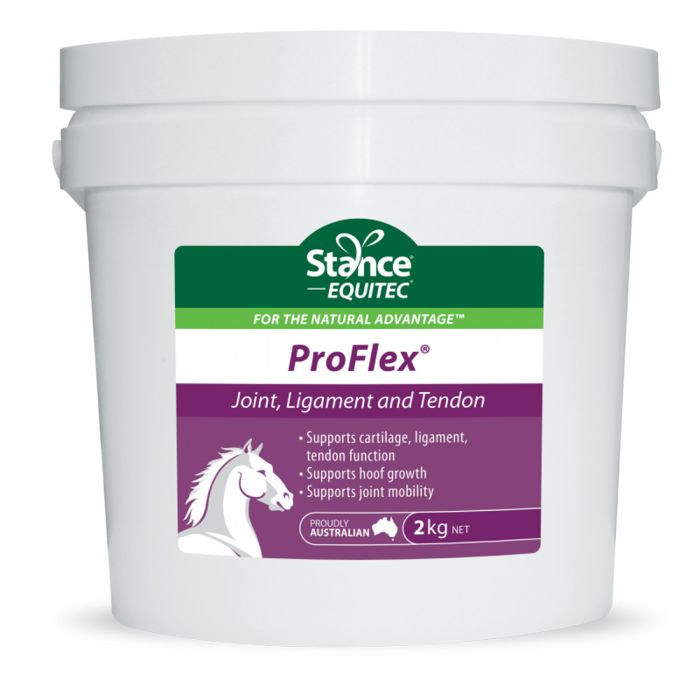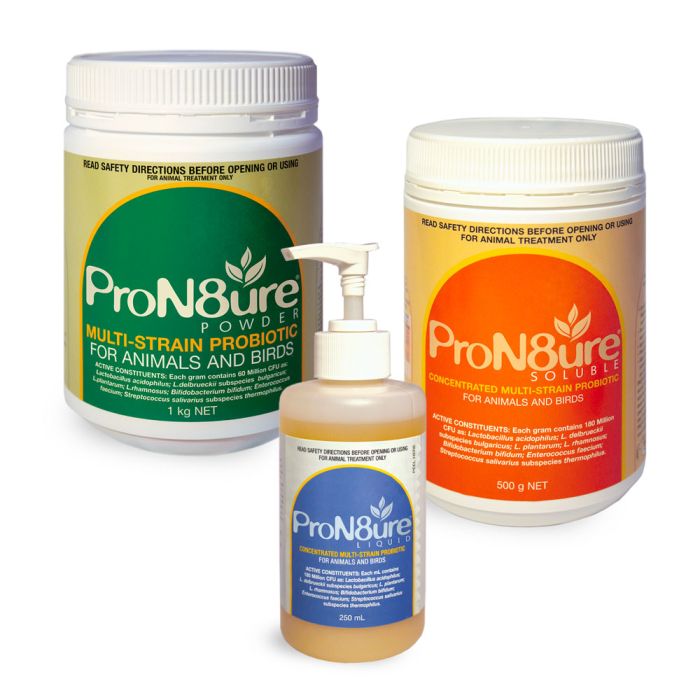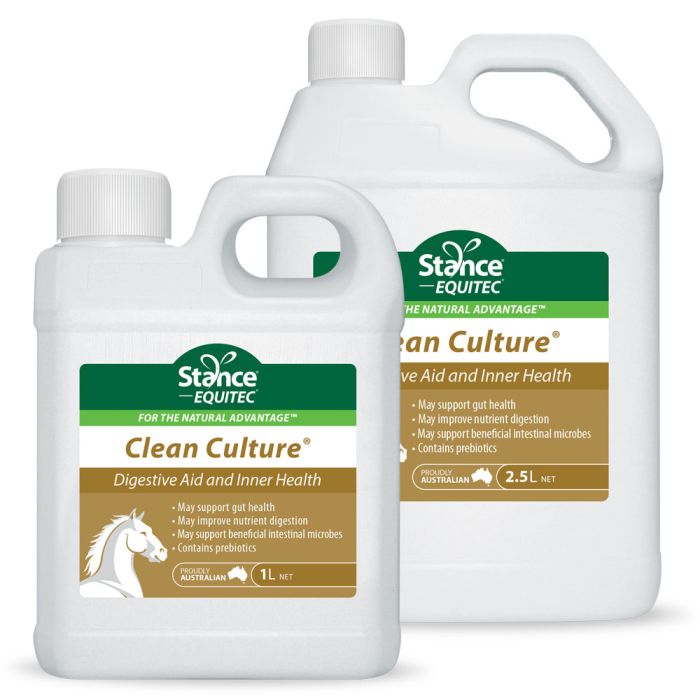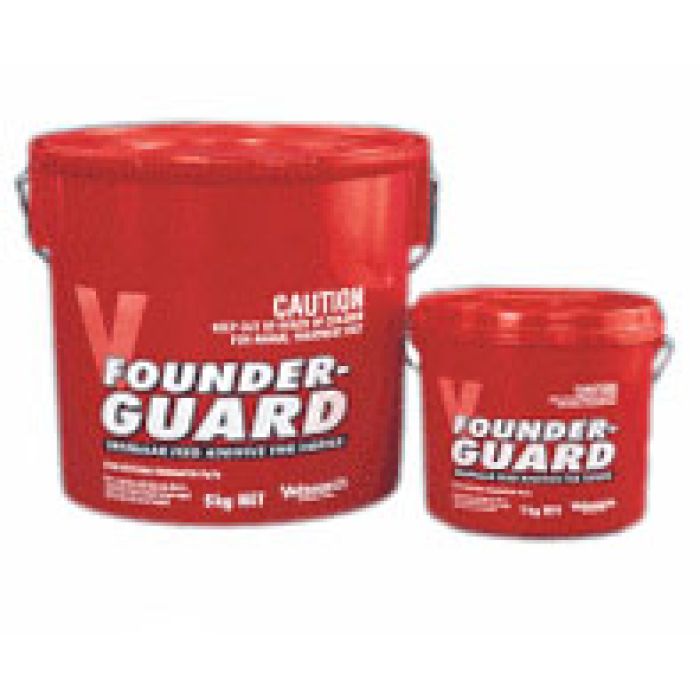Webbing Grazing controls amount of grazing while allowing a “pick” of grass. This muzzle comprises of a nylon webbing material with rubber inserts and muzzle bottom used to provide a strong and durable muzzle with no-rub padding for extra comfort. It has adjustable nylon web straps each side and a snap latch on the throat strap.
SIZING/MEASUREMENTS:
• Full - Inside circumference, 67cm. Top diameter, 24cm. Muzzle depth, 19cm.
• Cob - Inside circumference, 62cm. Top diameter, 22cm. Muzzle depth, 18cm.
• Pony - Inside circumference, 54cm. Top diameter, 18cm. Muzzle depth, 16cm.
• Yearling - Inside circumference, 47cm. Top diameter, 16cm. Muzzle depth, 14cm.
• Mini - Inside circumference, 43cm. Top diameter, 14cm. Muzzle depth, 13cm.
Grazing Muzzles can cause controversy, so here is an article from StanceEquine to read
Grazing muzzles for horses and ponies
Perhaps your horse or pony needs to lose weight in general. Or perhaps the veterinarian has given you the orders “no more grass” as that last episode of laminitis turned to founder and now there’s rotation of the coffin bone. Maybe there’s Insulin Resistance, Cushing’s disease, or some other problem that means your horse needs to cut back. But you either can’t leave him in the stall because he’ll tear the barn down or there just isn’t a dry lot to be had in your particular situation. So what to do?
Grazing muzzles are a necessary part of the Stance Equine Feeding System, for horses grazing pasture, and are at risk of insulin resistance, and hence laminitis, cushings, tying up, and other metabolic disorders associated with consuming high NSC feeds
The one thing that you can do is put a grazing muzzle on your horse, pony, or mule. Now, the first thing that most people will say is-“I can’t do that to my horse.” Well, let’s look at what has been happening first-then let’s make up our minds. Just hold that decision open for a mi nute or two.
nute or two.
The pasture grass is, as nature designed it, a source of proteins, starches, and sugars for the horse. It is the starches and sugars (the NSC) that are the cause of the metabolic problems that the horses develop over a period of years. Man, in his quest to produce larger and tenderer beef cattle, has developed grasses that have more sugars in them to fatten the cattle for market sooner, taste better, and, in the process, increase his profits (see www.safergrass.org). Unfortunately, this same grass is NOT good for the horses who also graze it. Add to this scenario the fact that spring and fall (autumn) rains will induce lush growth spurts which increase the NSC content, then you have a recipe for disaster.
Enter the stall kept horse or pony that usually is under-worked and over-fed. When put out in a lush pasture to graze, these animals will do so with gusto. They are essentially kids in a candy store with an unlimited budget. It is no wonder that they eat until their bellies bulge, their feet are hot with laminitis, and assorted other problems begin to manifest themselves.
So, essentially, we’ve been “killing our horses with kindness”. Abuse comes in many forms and sometimes it comes in being too lenient. It is now time to stop.
Using a Grazing Muzzle Properly
Now that you’ve decided that, yes, using a muzzle is something that you can do to help your horse be healthier (and happier!), let’s do this properly. You will need a properly fitted head collar or halter. This means one that fits so that the noseband is about two fingers width below the nasal prominence and is loose enough that the horse can open his mouth to chew comfortably and yawn. The throatlatch comes behind the jaw and fastens securely. There should be a breakaway feature.
There are a number of grazing muzzles on the market. The first is one simply made of a basket of webbing. These are generally not very useful as most ponies, horses and donkeys can figure out how to eat just about anything they want to through the side holes. Taping some of the holes provides a shor term fix. Durability of the “fix” is questionable. Of the other two types, one has a plastic bottom while the other has a thick rubber one (Best Friend). Of the two, the rubber one has the reported better results. Sizes from the manufacturer range from the mini to the draft-so fitting to your horse’s muzzle should not be an issue. 
The muzzle should be fairly loose—all you want to do is to stop the horse from eating everything he can get his mouth on. There is a hole for air and water. Most animals adapt to wearing one quite easily. If weight loss does NOT occur, you may have to seal up the remaining openings. The goal here is to allow socialization and exercise with his pasture buddies—not to allow the horse or pony to eat!
Do not allow the muzzle to remain in place 24/7. It is not intended for horses kept on pasture turnout.
Check the horse’s head for rubs periodically. There are items available for thin-skinned horses to prevent sores from happening.
What do I feed?
Select low feeds with a NSC content of <12%. Check the NSC content of all the feeds and treats.
You may also like
Proflex
Starting at $69.95 $90.00
ProN8ure - Multi Strain Probiotic (Formerly Protexin)
Starting at $17.95 $22.20
Clean Culture Inner Health for Horses
Starting at $59.95 $65.00
Founderguard for Horses, Supplement for horse with founder
Starting at $109.95 $129.95

